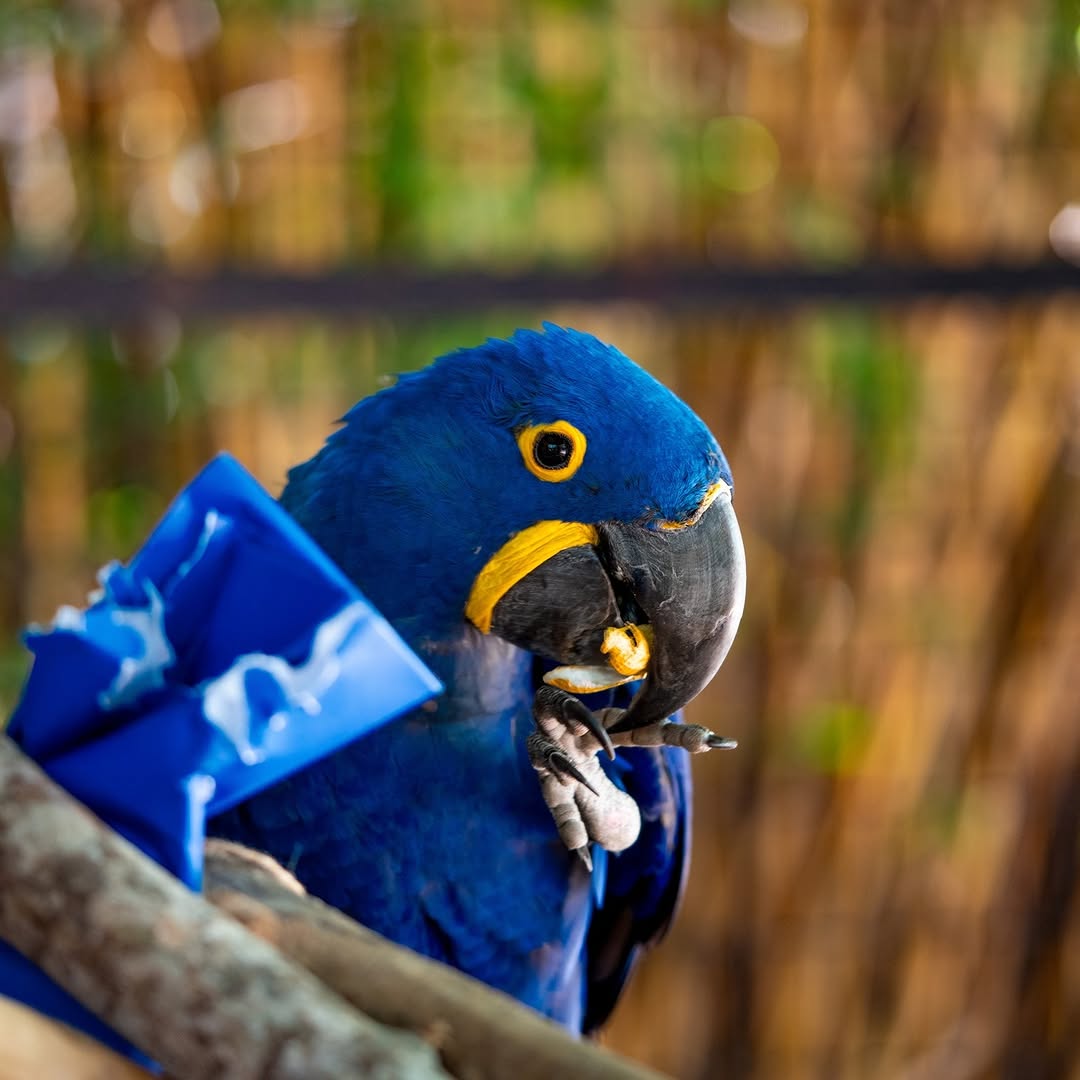- Parrots and their vocal abilities in the zoo environment.
- Role of zoos in wildlife conservation and education.
- Challenges and strategies in managing vocal bird species within zoos.
- Implications of habitat enrichment on parrot well-being.
- The significance of public interaction with chatty zoo birds.
Parrots and other vocally gifted birds hold a special place in zoos around the world, often capturing the attention of visitors with their ability to mimic human speech and sounds. These birds are not only a source of amusement but also serve as vital ambassadors for wildlife conservation. Parrots like macaws, cockatoos, and African grey parrots are among the most notable in zoo settings, recognized for their intelligence and charming personalities.
Parrots’ vocal abilities stem from their complex brain structures. They possess a special brain region called the "syrinx," which allows them to produce a wide range of sounds. Unlike humans, who use vocal cords to speak, parrots manipulate airflow with their syrinx. This anatomical structure is key to their unparalleled vocal prowess. In zoos, parrots often mimic the phrases and sounds frequently heard, sometimes even adopting unique regional accents.
The role of zoos extends beyond entertainment. They are crucial for wildlife conservation, research, and education. Parrots, with their intelligence and social nature, facilitate educational programs about biodiversity and the importance of preserving natural habitats. Zoos often partner with international conservation organizations to support field programs that aim to protect parrot species from threats like deforestation, the illegal pet trade, and climate change. By engaging the public, zoos raise awareness and inspire action towards protecting these species.
Managing vocally active birds in zoos comes with its challenges. These include ensuring adequate space, mental stimulation, and the right social group dynamics. The sound levels in aviaries must be carefully managed to prevent stress among the birds and disturbance to other species. Zoos employ various strategies, such as designing sound-absorbing enclosures and providing enrichment activities to maintain the well-being of their avian residents. Such measures help prevent behaviors like excessive vocalization or feather plucking, which can arise from boredom or stress.
Enrichment plays a pivotal role in the well-being of parrots in captivity. Enclosures are designed to mimic natural habitats, complete with climbing structures and interactive elements that promote physical activity and mental engagement. Enrichment items, like puzzle feeders and toys, are used to challenge the birds cognitively and satisfy their instinctual needs. Implementing these strategies helps maintain the psychological health of parrots, keeping them entertained and engaged.
Public interaction with chatty zoo birds is significant for both visitors and the birds themselves. Parrots often become focal points in zoo tours, leading to enhanced engagement and educational opportunities. Zoos host interactive sessions where visitors can learn about the behaviors, vocal abilities, and conservation status of these birds. Such interactions foster a deeper appreciation for wildlife and the efforts required to protect it. For the parrots, the variety of human interaction provides social stimulation, often leading to more varied vocalizations and behaviors.
Some of our chattiest friends at the zoo are always winging it, bringing joy to millions across the globe while playing vital roles in education and conservation. By highlighting their natural abilities and role in nature, zoos can push forward the message of conservation. Recognizing the challenges faced in captivity, innovations in zoo management continue to evolve to meet the complex needs of these intelligent avian residents. Thus, these vibrant creatures continue to enrich our understanding and awareness of the natural world, emphasizing the interconnectedness of our actions and the ecosystems we aim to preserve.
*****
Source Description
Some of our chattiest friends at the zoo are always winging it! 🦜💬


